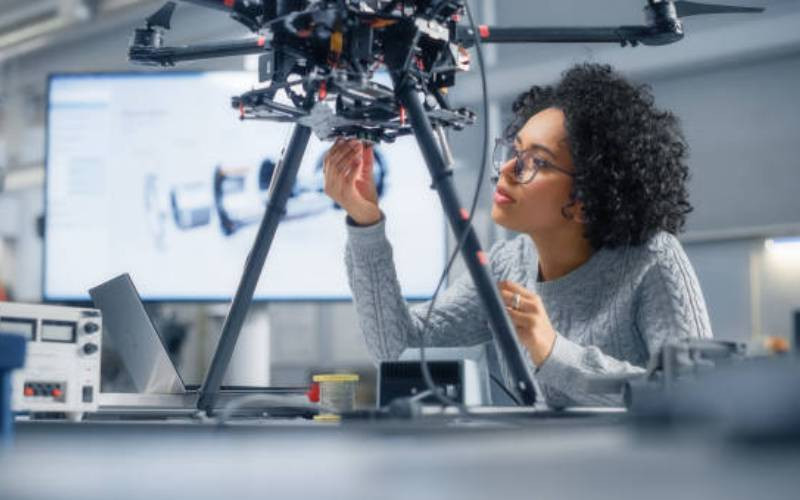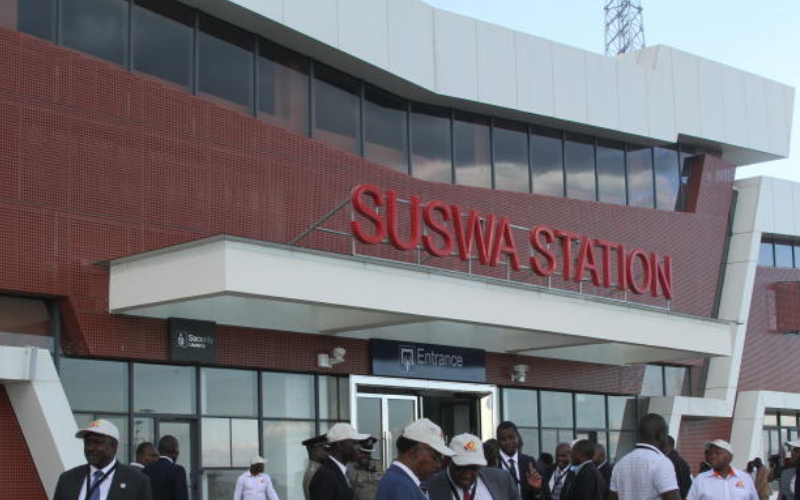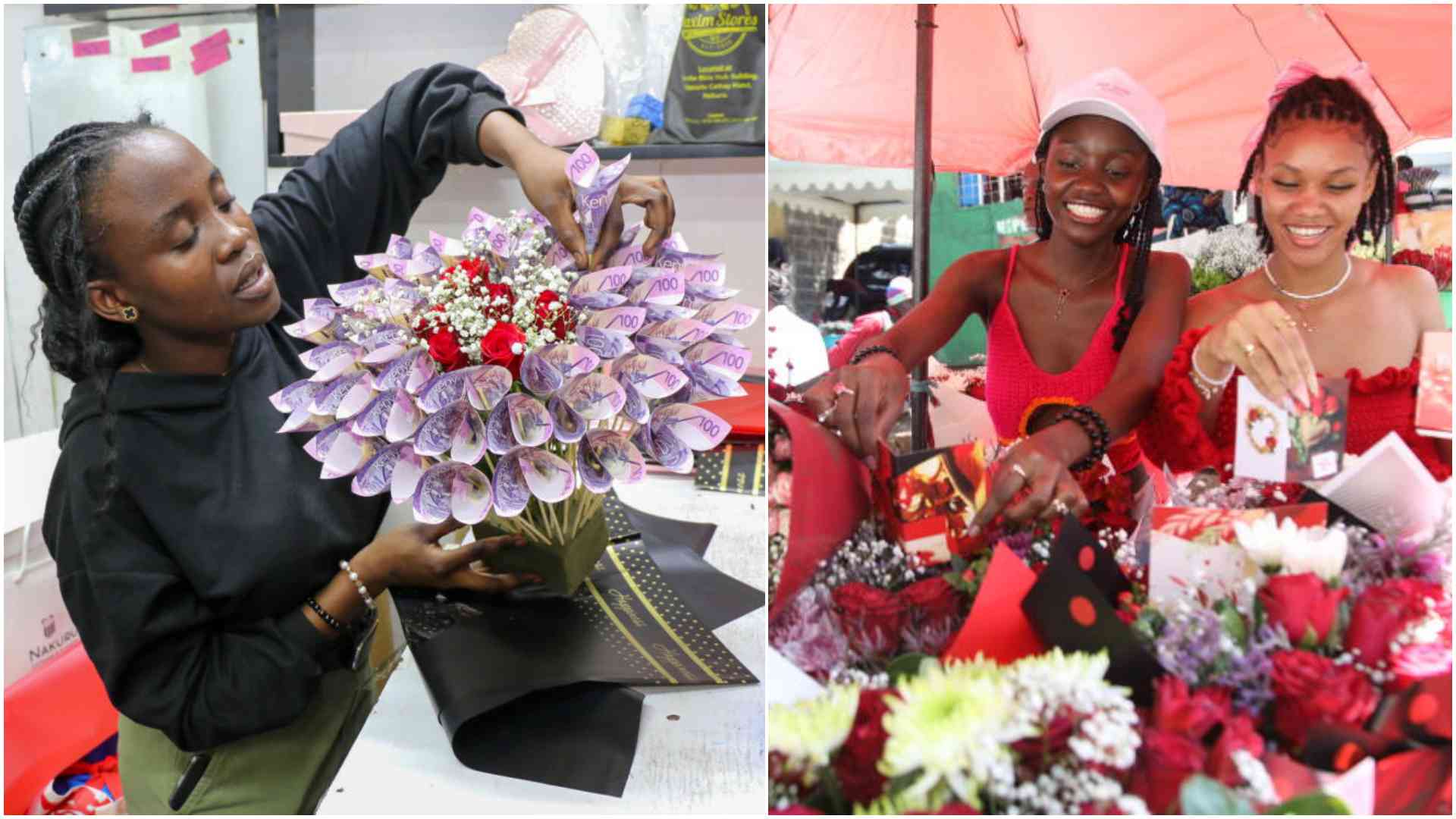
Tourism and Wildlife Cabinet Secretary Rebecca Miano began her public service career in 1998 as an Assistant Legal Officer at the Kenya Electricity Generating Company (KenGen). She steadily climbed the ranks and, in 2017, was appointed Chief Executive Officer (CEO). Miano served as KenGen’s CEO until September 2022, when President William Ruto appointed her Cabinet Secretary for East African Affairs and Arid & Semi-Arid Lands.
In October 2023, she transitioned to the Ministry of Investment, Trade, and Industry, where she served until August 2024 before assuming her current role in the Tourism and Wildlife docket. Miano, a soft-spoken advocate by profession, holds a Master’s Degree in Comparative Law. With 25 years in public service, she believes her extensive experience has prepared her for the significant tasks ahead.
She shares her vision for making Kenya a globally attractive tourist destination, among other key issues.
Q. What is your general reflection on how 2024 has been in your position as a Cabinet Secretary?
A. The year 2024 has had its fair share of successes and challenges. I have been in the Tourism docket for the last four months and I’m proud to report that the country has recorded its highest number of tourists yet. While we are still compiling the final numbers, we have already surpassed the two million visitors recorded in 2023. This year has been pivotal, marked by significant progress in the tourism and conservation sectors.
I am optimistic that we will reach our target of 2.5 million visitor. Unfortunately, political instability in June and July led to several cancellations. Without these disruptions, we could have surpassed our target.
Q. In your opinion, what has led to the increased number of tourists visiting Kenya this year?
A. President Ruto has played a critical role as a global ambassador, positioning Kenya as a premier tourist destination. His efforts have brought international attention to significant initiatives like the 15-billion-tree planting programme, which underscores our commitment to combating climate change.
We have diversified the tourism sector to include health and wellness tourism, cultural tourism, sports tourism, agri-tourism, and adventure tourism. Additionally, we are expanding our source markets beyond the traditional USA and UK to regions like Asia and the Pacific. Through the “Magical Kenya” brand, we’ve enhanced awareness of the country globally.
Kenyans are warm and friendly, and we continue to receive strong referrals from past visitors who enjoyed their stays. We’re also upgrading our products to ensure tourists have a wonderful experience while in Kenya.
Q. Could you share details about the elephant conservation programme aimed at mitigating human-wildlife conflict?
A. When I assumed this docket, I was determined to address conservation challenges effectively. In October, we translocated elephants from Mwea Game Reserve to Aberdare National Park due to overpopulation. Mwea is designed to support 49 elephants, but the population had grown to 156. This increase, while encouraging as it shows reduced poaching, had led to human-wildlife conflicts.
We successfully moved 54 elephants to Aberdare, which is well-fenced, has sufficient forest cover, and offers ample space. The local community in Mwea has expressed gratitude as the translocation has reduced the destruction of crops and safeguarded lives.
Q. How has digitisation helped address challenges in service delivery for the Kenya Wildlife Service?
A. Technology and digitisation are central to the government’s agenda for improving efficiency. For the Kenya Wildlife Service (KWS), digitisation has been a game changer, significantly increasing revenue collection. Initial challenges, such as poor internet connectivity, have now been resolved.
Previously, visitors spent 10-15 minutes completing transactions. With the new system, payments are made directly within two minutes. We’ve also introduced an e-wallet for accessing national parks, making the process seamless for citizens. Moving forward, we will continue to enhance the visitor experience in our parks and reserves.
Q. What about the issue of marauding hyenas in Kiambu County?
A. We witnessed a significant increase in hyenas in Juja during the drought, as carcasses of dead animals provided an abundant food source. Post-drought, the hyenas sought refuge in open, unattended quarries.
The government acted swiftly, and I personally oversaw the response. We relocated the hyenas to appropriate habitats and instructed the Ministry of Environment to ensure contractors rehabilitate the quarries. Furthermore, we recently graduated 1,274 KWS rangers and added 98 vehicles to bolster our efforts in reducing human-wildlife conflict.
Q. How do you view counties taking over the management of game parks and reserves?
A. While KWS manages national parks, counties oversee national reserves. It’s important for counties to operationalise their reserves, as they hold great potential for attracting tourists, boosting revenue, and creating job opportunities.
Several counties have signed MOUs with KWS to co-manage reserves, such as Mwea Game Reserve and Sibiloi Game Reserve. Operationalising these assets is crucial for conservation and economic growth.
Q. You have served in various Cabinet portfolios. What has your experience been like?
A. I am grateful to the President for the opportunity to serve in three ministries: East African Affairs, Investment, Trade and Industry, and now Tourism and Wildlife. Each role has broadened my understanding of government operations.
From regional integration to trade and now conservation, I’ve gained valuable insights into how different sectors interconnect. Leadership and technical skills are transferable, and I am committed to serving Kenyans in any capacity.
Q. How significant is the signing of performance contracts in government?
A. Performance contracting is critical for accountability and efficiency. Last week, I signed contracts with Principal Secretaries and state agencies in my ministry, following my own contract signing with the President.
With clear goals and timelines, everyone knows their responsibilities, ensuring transparency and effective delivery. This approach eliminates confusion and streamlines our operations.
A. What measures are in place to boost tourism?
A. Domestic tourism is key. Covid-19 reshaped perceptions, showing that tourism is not just for international visitors. Initiatives like free park entry on September 28, which attracted 86,000 Kenyans, have been pivotal. During Jamhuri Day, in the evening, I had the opportunity to take around the Gambia President Adama Barrow to the Nairobi National Park and the numbers of Kenyans I saw there was impressive. The Cultural events planned like the Turkana Cultural festival, the Maa festival and Lamu festival has seen visitors travelling from far and wide. I am very impressed by the young people who have taken up local tourism especially, during the weekends.Naivasha and other routes, mountain hikes and other ventures show an improvement in tourism.
This month, we’ll launch the Youth in Tourism and Conservation Centre to engage young people and explore new opportunities in tourism.
 The Standard Group Plc is a multi-media organization with investments in media platforms spanning newspaper print
operations, television, radio broadcasting, digital and online services. The Standard Group is recognized as a
leading multi-media house in Kenya with a key influence in matters of national and international interest.
The Standard Group Plc is a multi-media organization with investments in media platforms spanning newspaper print
operations, television, radio broadcasting, digital and online services. The Standard Group is recognized as a
leading multi-media house in Kenya with a key influence in matters of national and international interest.










